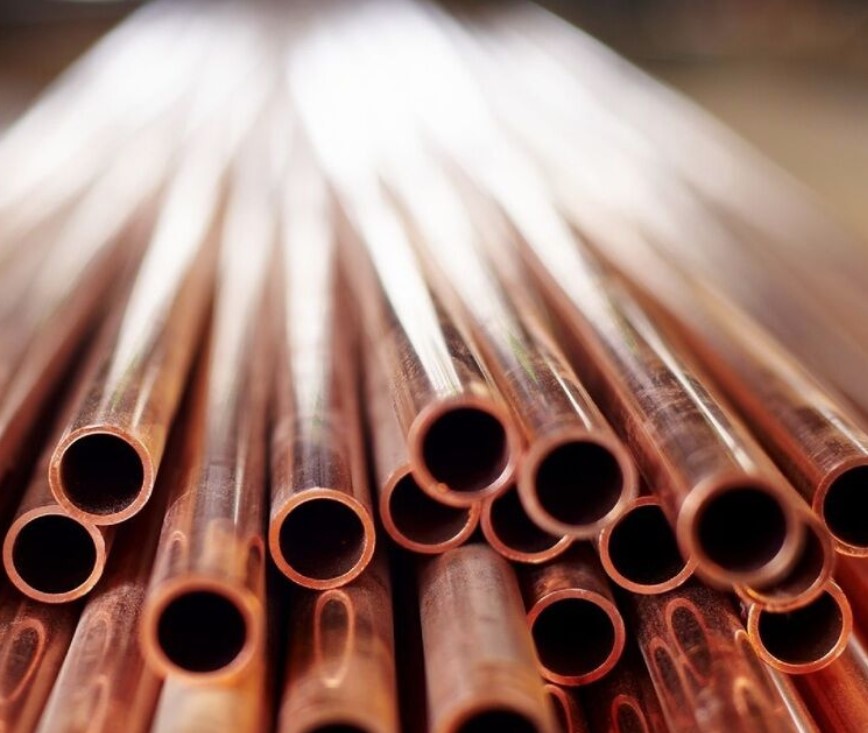+39 035 236452
sale@triestepg.com
Trieste Procurement Group SRL
Via Sant'Alessandro, 24122 Bergamo (BG)

Duplex stainless steels belong to a category of stainless steels known for their unique properties. These steels earn their moniker "duplex" or "austenitic-ferritic" due to their distinctive metallurgical makeup comprising two phases: austenite, characterized by a face-centered cubic lattice, and ferrite, featuring a body-centered cubic lattice, both present in roughly equal proportions. These steels are meticulously engineered to offer superior corrosion resistance, particularly against chloride stress corrosion and chloride pitting corrosion, while also delivering enhanced strength compared to standard austenitic stainless steels like Type 304 or 316.
The distinguishing compositional distinctions in duplex steels, in comparison to austenitic stainless steels, include a higher chromium content, ranging from 20% to 28%, an elevated molybdenum content of up to 5%, reduced nickel content, up to 9%, and a nitrogen content of 0.05% to 0.50%. The combination of diminished nickel and heightened strength, enabling the use of thinner sections, results in substantial cost advantages. Consequently, these steels find extensive application in sectors such as offshore oil and gas, where they are employed in pipework systems, manifolds, risers, and similar components. They are equally integral to the petrochemical industry, manifesting as pipelines and pressure vessels.
Beyond bolstered corrosion resistance vis-à-vis the 300 series, duplex stainless steels exhibit superior strength. For instance, while Type 304 stainless steel boasts a 0.2% proof strength of approximately 280 MPa (41 ksi), a 22%Cr duplex stainless steel attains a minimum 0.2% proof strength of about 450 MPa (65 ksi), with superduplex grades pushing this threshold to a minimum of 550 MPa (80 ksi). This amalgamation of properties makes duplex stainless steels an invaluable choice in diverse applications, where both robust corrosion resistance and impressive strength are prerequisites.